What herbs can be grown on a windowsill in winter?
Growing herbs at home is becoming more and more popular. Therefore, onion and garlic hedgehogs, as well as curls of watercress, mint, marjoram and other green favorites, flaunt on the kitchen windowsills with might and main. Moreover, they not only settled in our apartments in the summer, but in the cold they delight with their cheerful shoots and supply them with fresh vitamins. The rapid growth of plants and the pleasure of using them can be obtained if you choose wisely when choosing greens. Appropriate care and knowledge of some of the features of growing aromatic delicacies is important.
These representatives of leafy garden vegetables are quite delicate, except for bulbous ones, which develop quickly even in water. But with some efforts on the part of the owners of the small garden, their plates will be filled with excellent products of their own production with delicious summer smells. And how much joy there is from one kind of green leaf of mint or lemon balm in a cup of tea! In addition, everyone will show their design skills, organizing a fragrant oasis to their liking, the background of which will be the drifts behind the glass.
What unpretentious seedlings to choose for amateurs?
The successful cultivation of greenery in an apartment in winter depends, first of all, on a reasonable approach to the selection of herbs. Not every plant is able to endure conditions far from the environment of its natural distribution. And almost all herbs love hot dry weather and streams of fresh air filled with sun rays. But if you take care of your business or hobby, even Mediterranean guests grow up successfully on the windowsill, let alone the familiar onions, garlic or dill!
Watercress
Watercress is probably the most popular of the herbs grown on the windowsill. Its small seeds must be soaked.
- You should take warm water or a solution of one of the growth stimulants.
- After distributing the seed on the ground, lightly sprinkle with earth or just cover with foil.
- Shoots will appear on the third or fourth day.
They eat sprouts from fourex up to ten centimeters. Watercress is cold-resistant, moisture-loving, but does not tolerate a strong stream of light. Therefore, it is better to place a bowl with it in partial shade, and the air temperature should not be higher than 18 degrees.
You can grow watercress in a different way. The seeds are carefully laid out on damp cotton wool, a napkin, and a moisture-absorbing cloth. This substrate must be constantly moist. The ripening time is the same as for sowing into the soil. Delicate greens are piquant, adding a peculiar taste to dishes.
It is best to choose one of the following varieties:
- Curly;
- Broadleaf;
- Ducat;
- Fun;
- Curly;
- Ordinary.
Dill
Dill sprouts on the 4-5th day if the seeds were soaked for one day in a special preparation that stimulates germination: Ribav, Kornevin or another. Dry ones can germinate in two weeks.
Greens should be well watered and sprayed. If only one stalk develops, at a height of 5 cm it can be pinched, and then a lush bush will form. Already after 20-30 days, you can get a bunch of fragrant greens if you sow one of the varieties suitable for this:
- Salute;
- Russian size;
- Beam;
- Abundant;
- Gourmet;
- Gribovsky;
- Armenian-269;
- Uzbek-243.
Advice
The box with the sown seeds is turned into a miniature greenhouse, covered with a dark film.After the first shoots, this film can be replaced with a light-permeable one, but only for one day, otherwise the shoots will stretch out and will be unviable.
Green curls from root vegetables
Some of the parsley and celery greens can be grown from root vegetables. Sowing these crops with seeds requires some patience from the owners of mini-vegetable gardens. First, seedlings do not appear immediately. Secondly, shoots develop rather slowly.
Parsley
Forcing parsley is best made with healthy roots with a good root system, which are planted in a container in the fall. They should be kept cool before shoots appear. And then they are put on the windowsill. Good greens grow for about a month.
Growing parsley from seeds is quite troublesome. They also need to be soaked, like dill. This plant is cold-resistant, so the box can be placed close to the glass. The distance between the shoots is up to 4 cm, watering is moderate. But when the shoots take root and develop, they will delight with a stable harvest for almost a whole year.
In home crops, early ripening varieties are used - for example, ordinary leafy, - and curly species:
- Moskrause;
- Moskurland;
- Bravo.
Important!
Sugar, Urozhainaya, Aromatnaya alley, Babushkina's bed and other popular names - root. It is better to grow them in the garden or keep a larger container.
Celery
Celery is also subject to forcing: leaf, petiolate, you can take root. Take a whole root vegetable or cut off the top with leaves. The height of the base is up to 6 cm. The lower part of this rosette is placed in a tall and narrow (by the diameter of the plant) dish with water, where, according to the instructions, a growth stimulator can be added. Such a culture requires a lot of light. You can also get greens from small fruits of root celery by planting them in a pot.
Popular varieties:
- Delicacy;
- Mushroom root;
- Strongman;
- Apple (tuberous).
Celery seeds should be soaked for at least three hours or longer before sowing. After that, they germinate faster, but still this process lasts up to two weeks. The layer of earth above them is very thin, up to 5 mm, - you can only sprinkle small grains a little or simply cover with foil. Seedlings are capricious, they seem weak, the first month they grow slowly, but, having got stronger, they delight with a rich green color. You can cut the leaves after two months.
Advice
The bottom of the celery rosette should only slightly touch the water surface. The water is changed every three days. If the greens are expelled from the root vegetable, they are placed in water only one third.
How to prepare a bouquet of fresh scents?
Sometimes the cultivation of southern spicy plants on the kitchen windowsill is more successful than sowing them in natural conditions in the country. After all, a comfortable temperature is guaranteed in the apartment, there are no pathogens and pests. Sowing is more practical to carry out several times during all the autumn-winter months, with an interval of one week - then fresh fragrant leaves can be collected throughout the cold season. Now there are a lot of different seeds to work with. It is preferable to choose early maturing crops.
For growing in an apartment, experts advise buying the following varieties.
| Culture | Varieties |
|---|---|
| Basil | Dwarf; Green mini; Fragrant handsome; Green; Naughty |
| Oregano (oregano) | Oregano |
| Thyme (thyme) | Common thyme; Creeping thyme; Citric; Alba; Nectar; Snake |
| Marjoram | Baikal; Gourmet; Tushinsky Semko; Scandi; Thermos |
| Rosemary | Dewdrop; Ordinary |
| Mint | Spearmint; Ceremony; Fun |
| Melissa (lemon mint) | Lemon flavor; Pure gold; Dozya |
| Tarragon (tarragon) | Russian tarragon; Gribovsky-31; Zhulebinsky Semko; Volkovsky. |
The kitchen is the best place for a "vegetable garden in flowerpots", where food is prepared every day, the air is heated and humidified.If its window faces south, greenery will feel exceptionally good there in winter. In the summer, plantings will have to be shaded or moved to the east or west side. Plants really need fresh air, the room should be ventilated, but care must be taken to avoid drafts. It is useful to purchase a humidifier for a mini-bed, especially when a stream of hot dry air flows from the bottom of the battery.
It is worth considering the characteristics of the crops grown.
- Basil loves the sun very much and responds gratefully to morning watering - this is his favorite schedule of the day.
- Lemon balm seeds are placed on moist soil. They emerge for a long time, up to two or three decades, only under the influence of light and at an air temperature above 20 degrees. They may not be sprinkled with earth at all or covered with a thin layer of sand.
- Rosemary is a perennial. If the seedlings have taken root, have grown up, they can be planted in pots in spring and grown as a separate plant. For the summer, you can plant it in a garden, on a sunny area where groundwater does not stagnate.
Spicy herbs on the windowsill become really aromatic only when the lighting is as close as possible to the conditions of their natural growth.
Secrets of indoor gardens
Everything will work out if you follow the advice carefully!
- For familiar herbs (dill, parsley, basil), which are used in considerable quantities, take bigger boxes. If the container is high and does not interfere with the interior, but the question arises about the amount of soil, the container can be filled from below with expanded polystyrene from under the packages. Pour soil on top. This way two problems are solved: the flowerpot, although voluminous, is light; the necessary drainage is created from the pieces of foam.
- Ceramic pots are environmentally friendly, but moisture evaporates quickly from them. This fact must be taken into account when watering plants.
- Various materials are selected for drainage: expanded clay, broken ceramics or bricks, gravel, shell particles. Now foam plastic has become widely used. It is valuable because it weighs little, has a lot of air in its structure, and gives a slight warming effect in cold weather. Therefore, the root system of plants is not susceptible to low temperatures, for example, from frosty glass. The use of charcoal is environmentally friendly and practical: the soil is disinfected, and the moisture level is also stabilized in it. Large particles of the selected type of drainage are placed on the drainage holes in the container so that smaller fractions do not spill out.
- It is best to buy soil in the store, already balanced in the composition of trace elements. Gardening is dangerous because it can contain pests that have "fallen asleep" for the winter. If, nevertheless, a natural material is chosen, in order to avoid the invasion of uninvited guests (insects, fungal spores), it is steamed for about an hour or sterilized in a microwave oven in a paper bag for 5 minutes. It is impossible to ignite, because organic matter burns out and the soil becomes infertile. In composition, it should be light, contain sand, peat or coconut fiber, vermiculite or agroperlite. The substrate level is 5 cm below the edge of the crockery.
- The moisture of the soil must be carefully monitored: spicy herbs do not like a lot of water, they should not be poured. Watering is also regulated depending on the air temperature in the room. Sometimes it is enough to water the sprouts only once a week. Only in summer do plants need water every day. Winter crops are watered only with room temperature water, which must be settled. Cold water directly from the tap, where the concentration of chlorine is high, can destroy delicate seedlings and slow down the development of mature plants. But they won't be hurt by a warm spray from a spray bottle.
- When the stalks of herbs grow to a height of 10-12 cm, you need to start pruning the branches. This procedure will not harm them, but will only allow them to bush more magnificently. The exception is watercress. Its greens are valuable at a very young age.You just need to sow this spice more often in several containers.
- If the windows of the apartment face north, illumination is indispensable (and in winter it is necessary for the south as well). For this purpose, special phytolamps, lamps with red, blue, yellow-orange spectra of rays are best suited. The latter, by the way, do not tire the eyes. It is necessary to purchase such lamps that do not emit thermal energy, otherwise there may be cases of plant burns. Red light is useful for germination of seeds and faster growth of shoots. Greens grow quickly under blue-violet lighting. It is recommended to use LED, gas-discharge and fluorescent lamps.
Creating a garden of southern fragrances is an entertaining hobby. One has only to try, and this activity will become a favorite, not to mention the benefits of such an exciting hobby. What plants can grow on your windowsill?
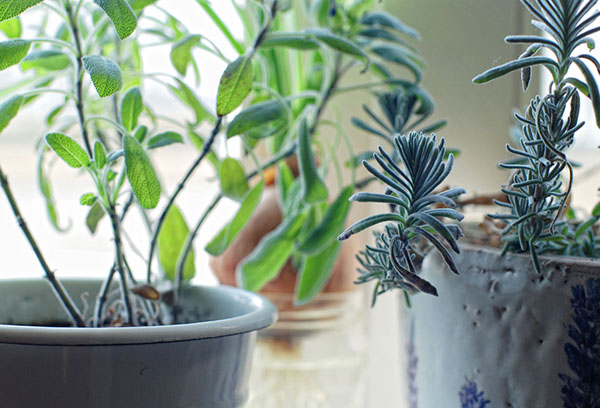
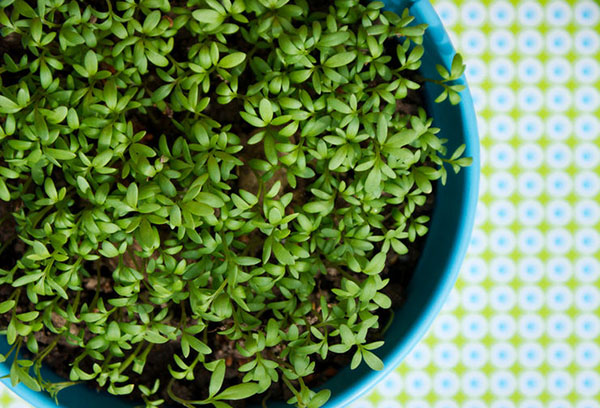
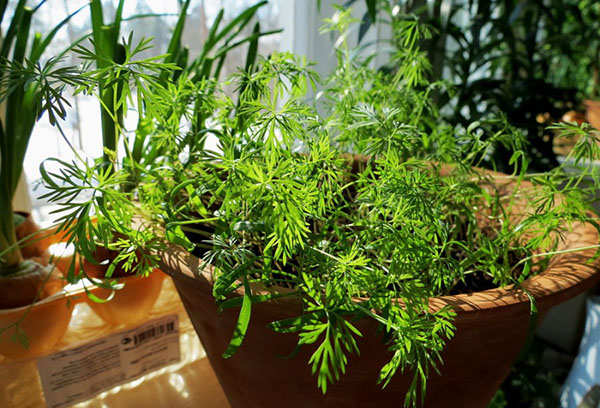
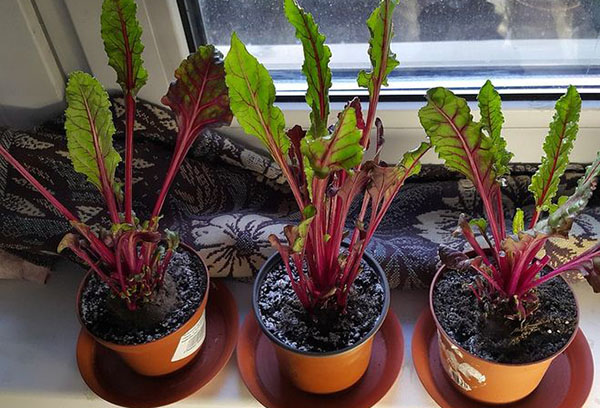
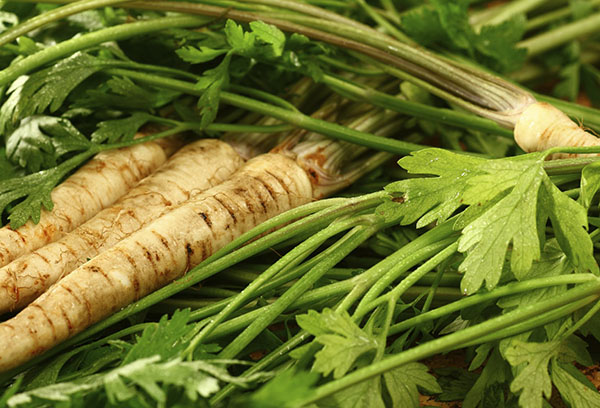
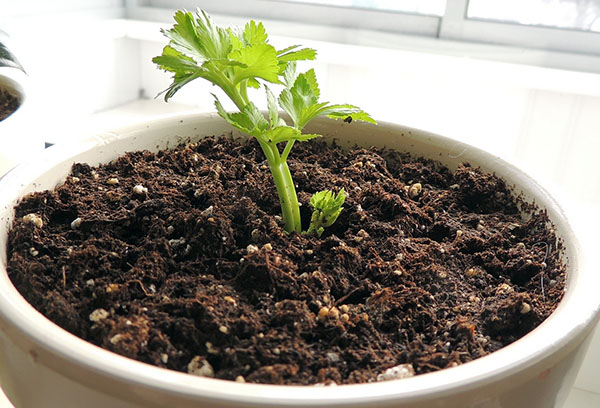
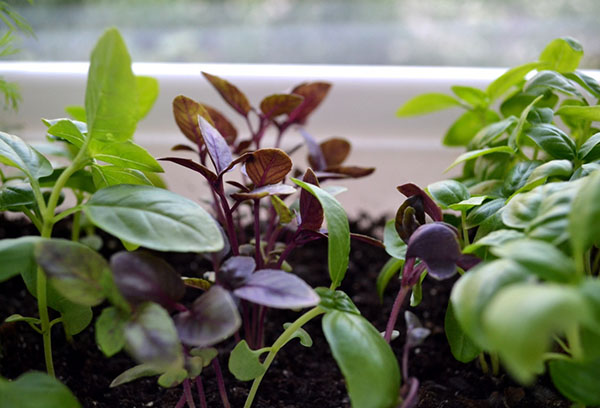
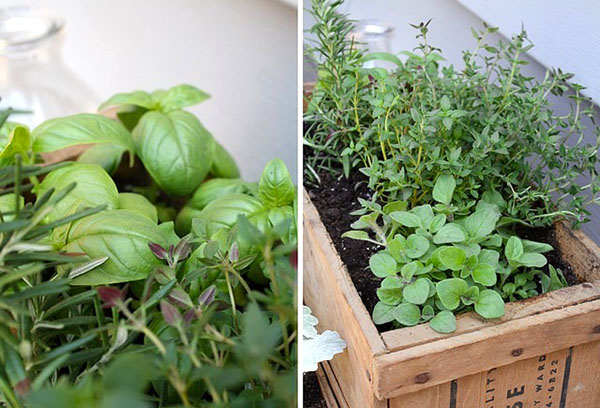
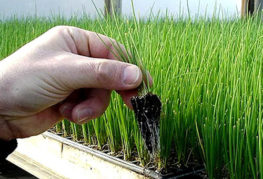
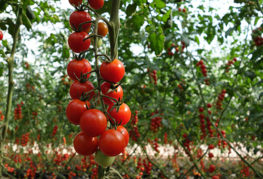
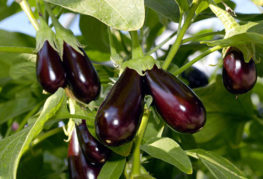
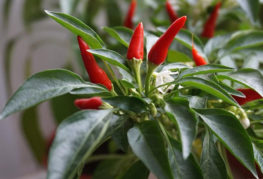
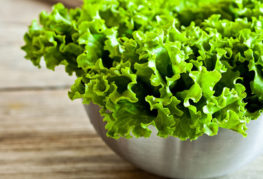
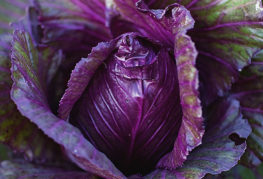
and will be published shortly.